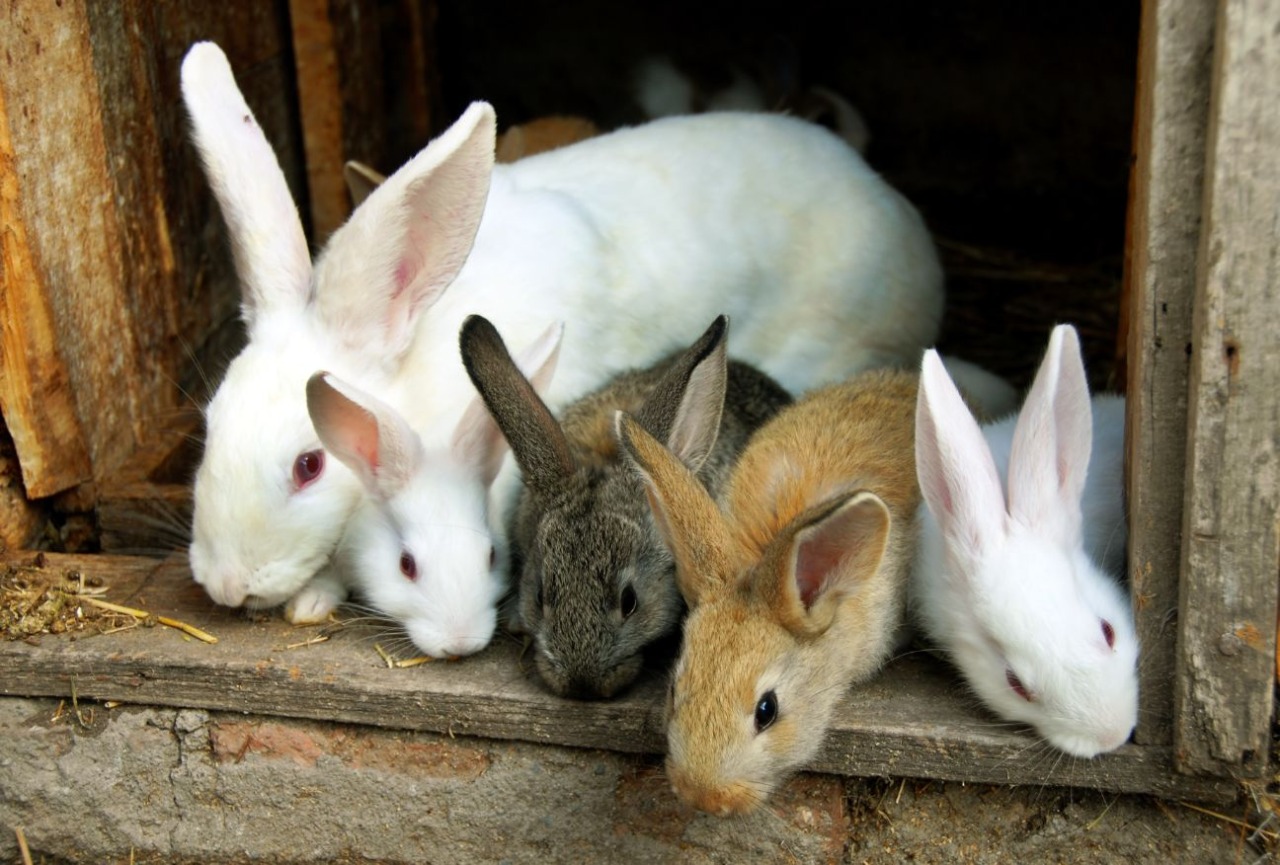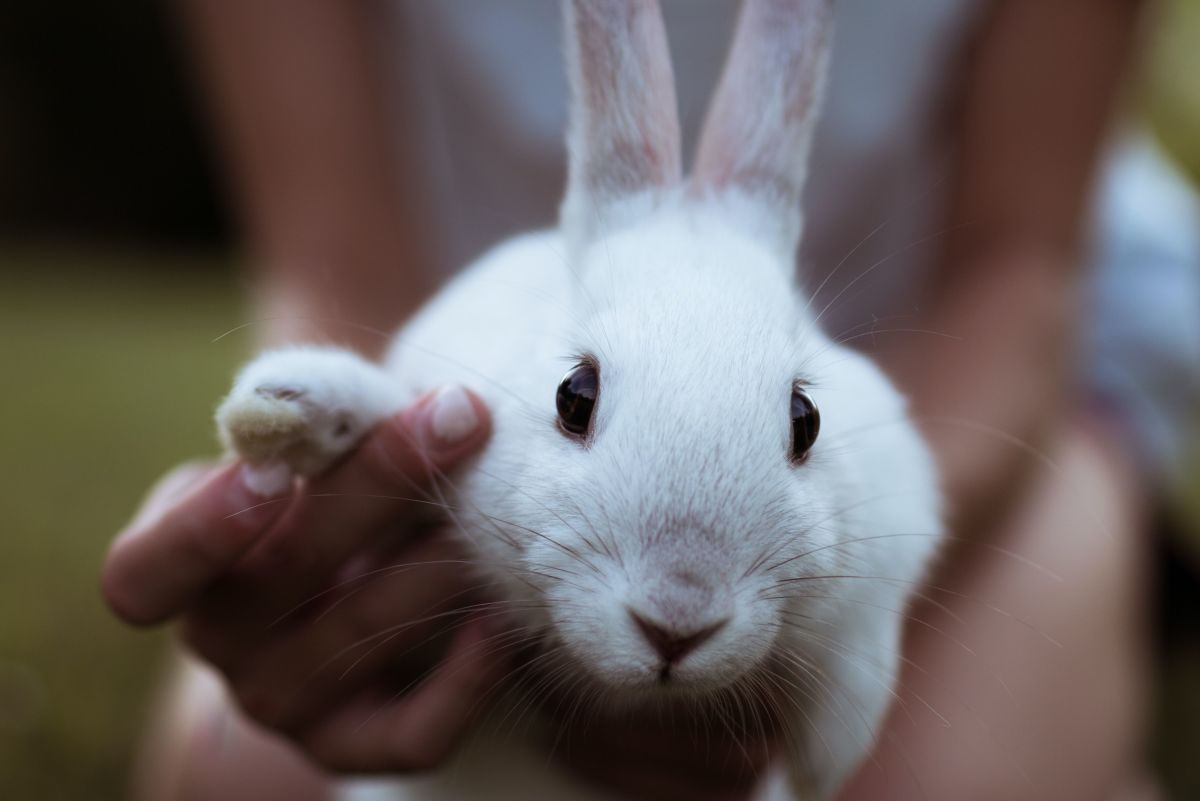When it comes to choosing a pet for young children, rabbits often hop into the spotlight as delightful and furry companions. However, like any pet, rabbits require careful consideration and responsible care to ensure a happy and harmonious relationship between the child and their new furry friend. In this blog, we’ll delve into the factors that make rabbits potential candidates as family pets for young children and the essential considerations that come with welcoming these adorable creatures into your home.
Rabbits as Gentle Companions
One of the primary reasons rabbits are considered good pets for young children is their generally gentle and docile nature. Rabbits, when properly socialized, can form strong bonds with their human family members. They often enjoy being petted and can even learn to respond positively to gentle handling. This affability can contribute to a positive and enriching experience for children, fostering a sense of responsibility and empathy.
Educational Opportunities
Having a rabbit as a pet can also present valuable educational opportunities for children. Caring for a living creature teaches responsibility, as children learn the importance of providing food, water, and a clean living environment. Observing a rabbit’s behaviors and needs can enhance a child’s understanding of the natural world, promoting curiosity and a respect for living beings.
Low Maintenance Requirements
Compared to some other pets, rabbits have relatively low maintenance requirements. They are generally clean animals that groom themselves regularly. However, this doesn’t mean they don’t need proper care. Regular grooming, nail trimming, and dental care are crucial aspects of rabbit care. The simplicity of their living space needs—such as a well-ventilated hutch or a properly secured outdoor pen—makes them more manageable for families with young children.
Social Animals
Rabbits are social animals that thrive on companionship. This can be an advantage for families with children, as the rabbit may enjoy interacting with them and forming strong bonds. It’s essential, however, to monitor these interactions to ensure that they are positive and stress-free for both the child and the rabbit.

Factors to Consider
While rabbits can make wonderful pets for families with young children, it’s crucial to consider several factors before bringing a rabbit into your home.
Long-Term Commitment: Rabbits can live for 10 years or more, and bringing one into your family should be viewed as a long-term commitment. Ensure that you’re ready for the responsibility of caring for a rabbit throughout its lifespan.
Allergies: Some individuals, including children, may have allergies to rabbits. Before getting a rabbit as a pet, it’s advisable to spend time around rabbits to observe any potential allergic reactions.
Supervision: While rabbits are generally gentle, children must be taught how to handle them properly. Supervision is crucial to ensure that both the child and the rabbit feel safe during interactions.
Space Requirements: Rabbits need sufficient space to move around, stretch, and exercise. Consider whether you have the room for a rabbit’s living area and whether your child understands the importance of giving the rabbit space when needed.
Healthcare: Like any pet, rabbits require veterinary care. It’s important to factor in the cost of veterinary visits, vaccinations, and potential emergencies when considering a rabbit as a family pet.
Tips for a Successful Relationship
To ensure a positive and lasting relationship between young children and their rabbit companions, consider the following tips:
Education: Educate both children and adults about rabbit care and behavior. Understanding a rabbit’s needs and behaviors promotes a harmonious living environment.
Supervision: Always supervise interactions between young children and rabbits. Teach children to approach rabbits gently and calmly, avoiding sudden movements that could startle the rabbit.
Handling Techniques: Show children the proper way to handle a rabbit to prevent injury to both the child and the pet. This includes supporting the rabbit’s hindquarters to avoid stress on their spine.
Respect Personal Space: Rabbits, like any creature, need their personal space. Teach children to recognize when a rabbit needs time alone and how to respect their boundaries.
Grooming Lessons: Involve children in the grooming process under your supervision. This not only helps maintain the rabbit’s health but also teaches children responsibility and care.
In conclusion, rabbits can make wonderful pets for young children when proper care, education, and supervision are in place. Their gentle nature, educational opportunities, and low maintenance requirements make them attractive companions for families. However, it’s essential to approach rabbit ownership with a commitment to their long-term care and an understanding of the responsibilities involved. By fostering a positive and respectful relationship between children and rabbits, families can create a bouncing bond that enriches the lives of both the children and their furry friends.
